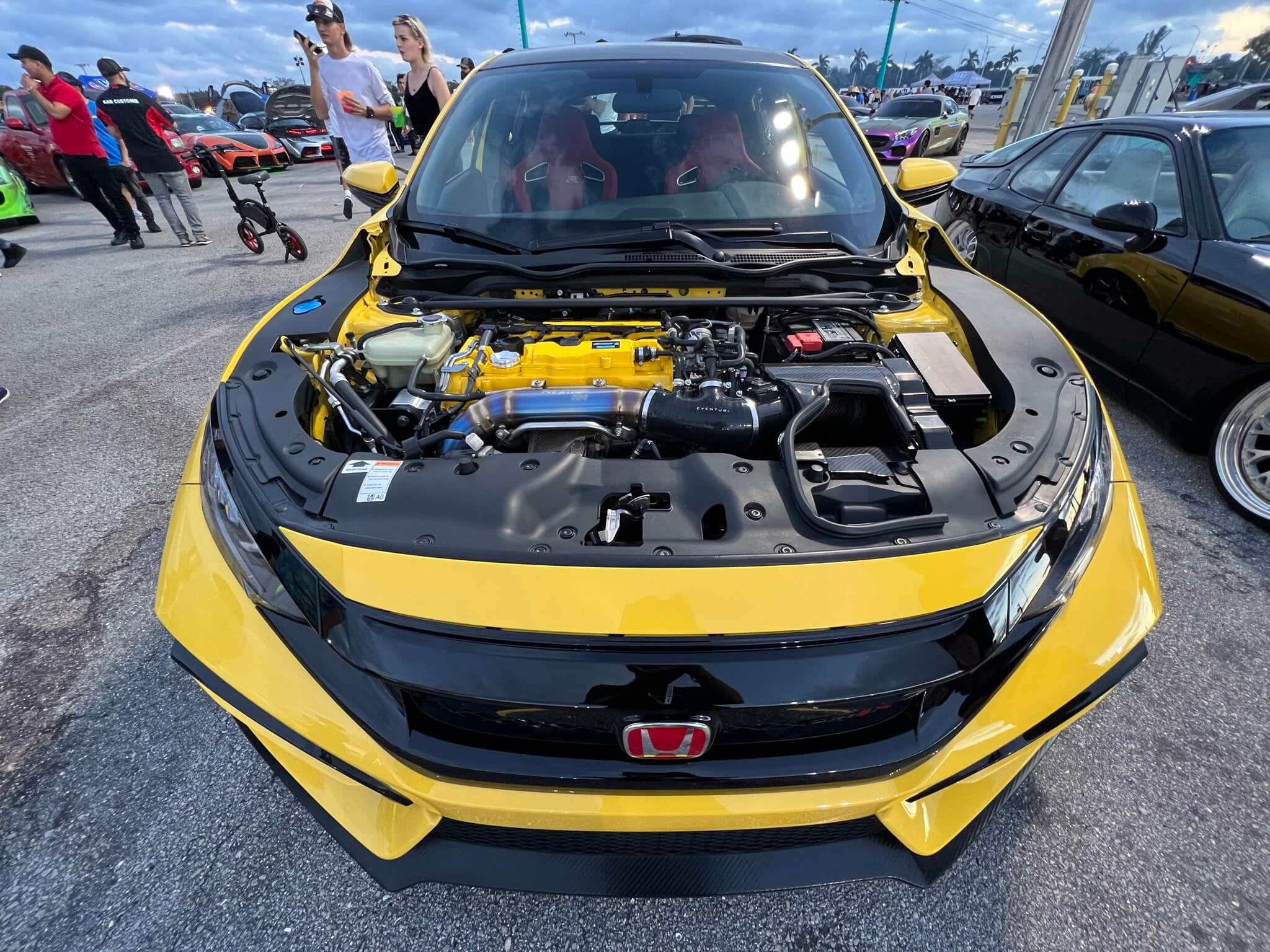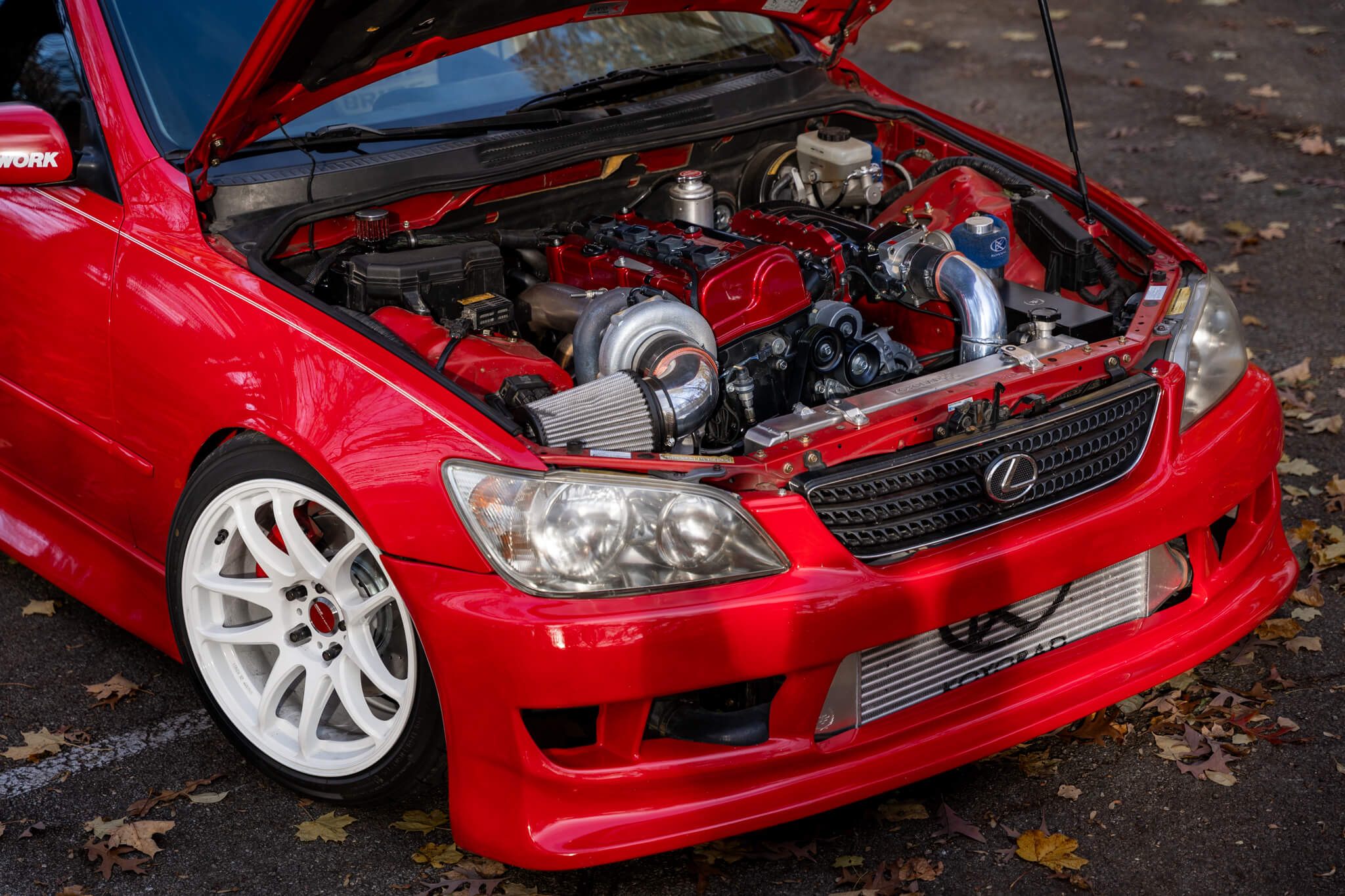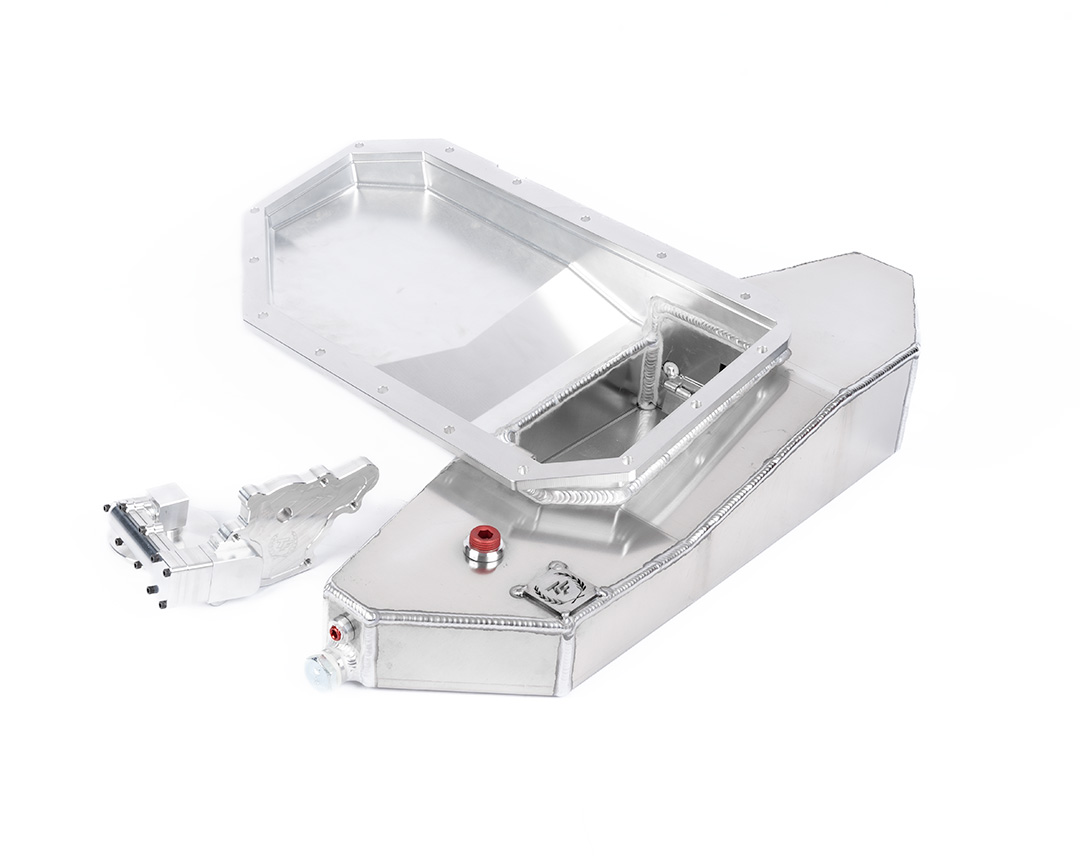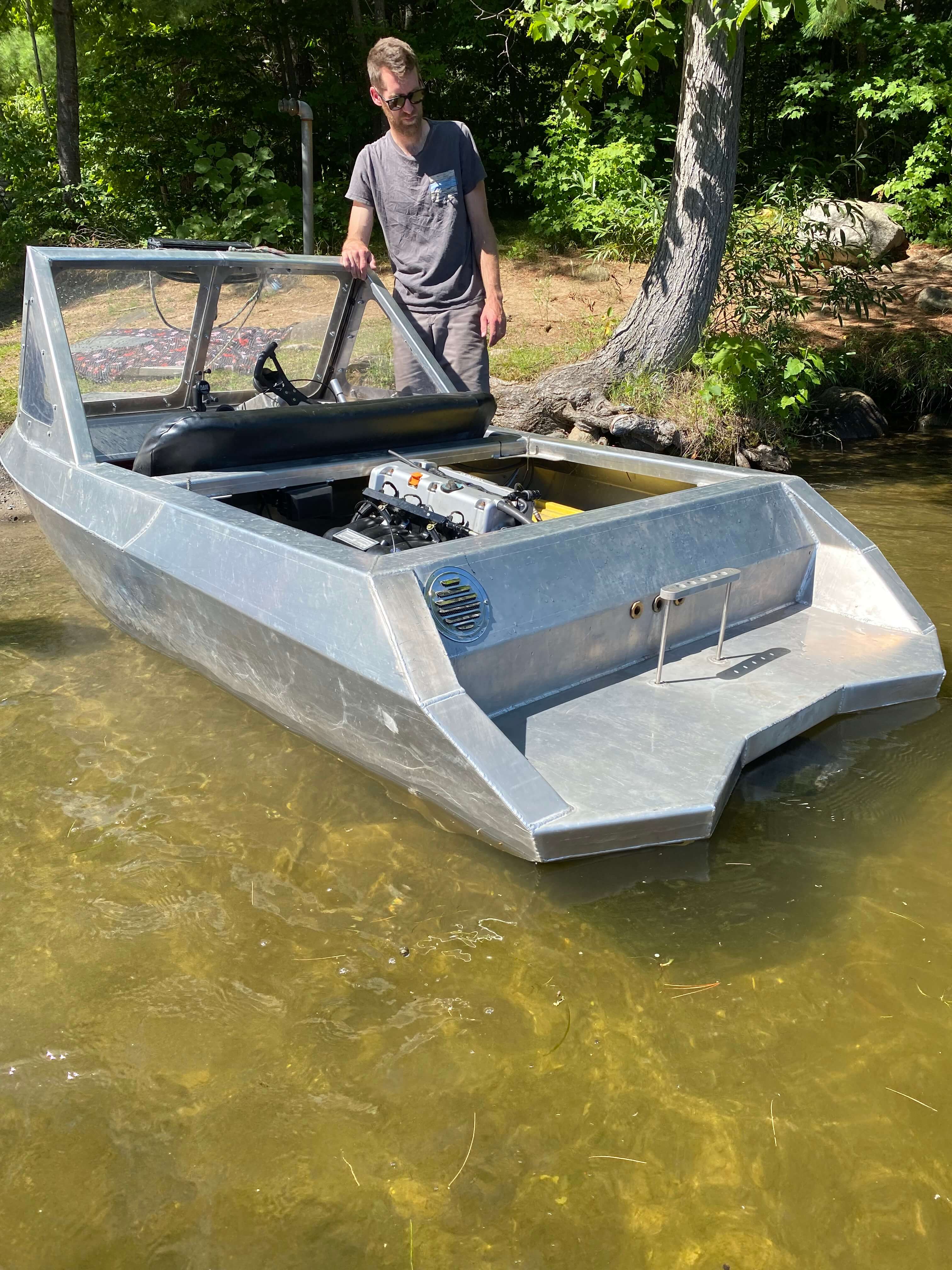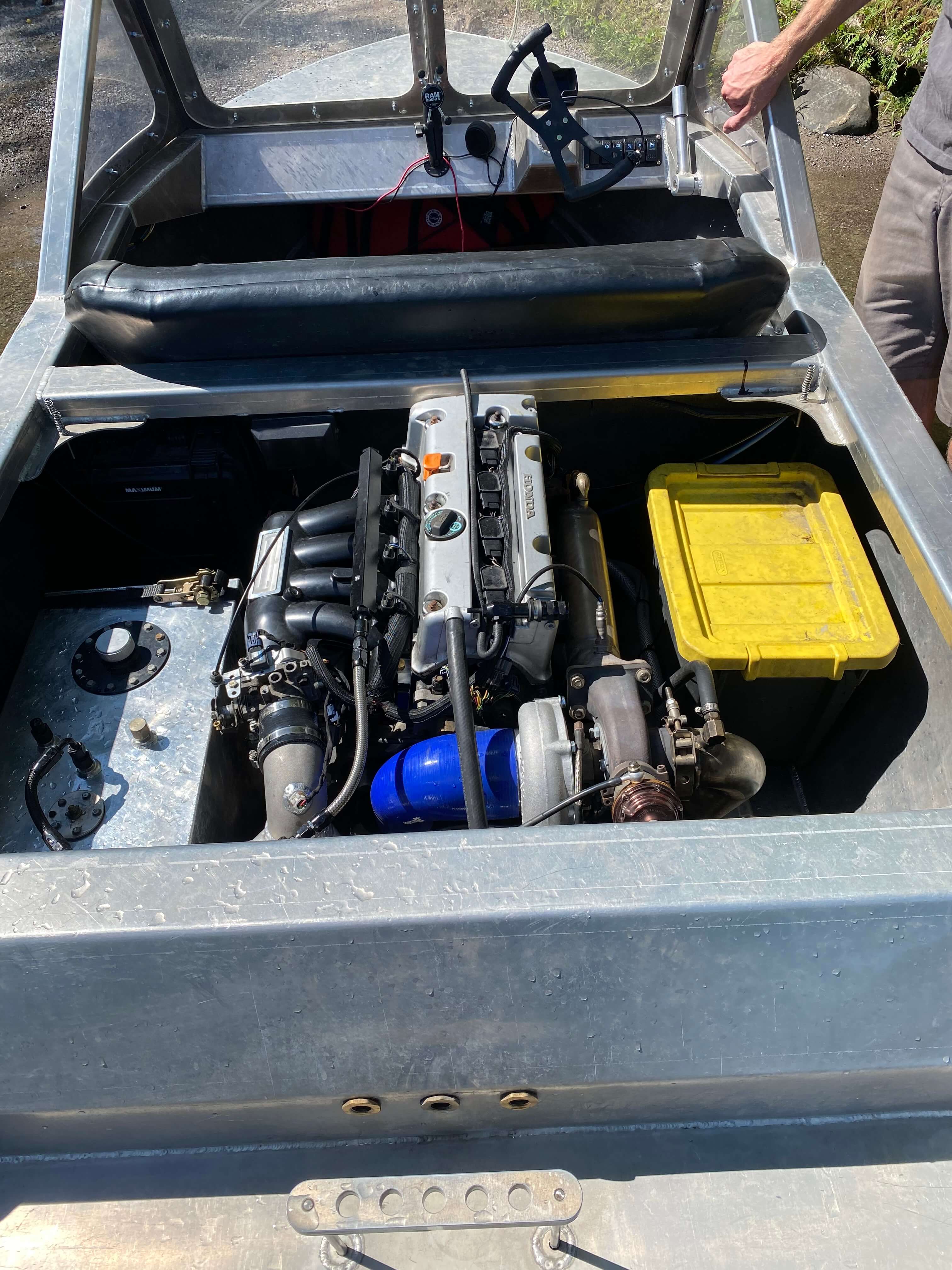The K-series, spanning over a two-decade tenure, stands as the undisputed go-to for front-wheel-drive Honda swaps, captivating the hearts of 90's Honda enthusiasts who've ditched their D, F, and even B series powerplants since the early 2000s. Making its debut in 2001, the Honda K-series initially graced the hot hatch Type-R trims of the Civic and Integra. Today, it still flexes its muscles in various Honda/Acura models, existing in more variations over the past 20 years than we could count on both hands.
When it comes to swaps for performance upgrades, Honda aficionados tend to favor two versions of the K-series in particular: The early K20 engines from the 2001-2006 Civics (EP3) and Integras (DC5), and the K24 powerhouses from the 2002-2008 Honda Accord and Acura TSX. A winning combo often touted for its stellar performance is a combination of the high-flowing K20 head with the larger displacement K24 bottom-end, a time-tested “Frankenstein” blending the best of both worlds.
In recent times, the rear-wheel-drive K-swap scene has ignited, with aftermarket manufacturers pumping out a slew of transmission adapters, conversion parts, and complete swap kits. Today, enthusiasts can seamlessly transplant the K-series into a variety of iconic platforms, including the Honda S2000, Mazda RX-7, Mazda MX-5, and even Nissan S- and R-chassis cars.
We decided to reach out to industry experts, and enthusiasts with experience driving, building, and working on K-swapped cars to get their thoughts on what makes the K-series such a prolific force in the industry.
Photography by Javier Estrada, Mikey Dang, Sebastian Suaza
"I started messing with Honda engines with my ‘94 Accord with the F22 SOHC. There was zero support with this engine back in 1994. Just for a tune I drove 18 hours to New Jersey where a guy built custom chips after we street drove it for hours. My next was a B-swapped ‘93 Honda Civic - more support and much more fun, until I bought a K-Series powered 2007 Honda Civic Si! Hello Hondata, down-pipe, and I can see the future. Now we have parts and support from aftermarket companies all over.
In 2014 I bought a ‘14 Civic Si, immediately put in a CT engineering supercharger and learned that the K-Series Honda motor loves boost! By this time many people were doing K-swaps due to the strength of this platform, the availability, and cost. My next two Civics both had K-Series turbocharged engines in them. A 2017 Type R with over 450 horsepower, and my current 2023 Type R with cams and a tune making over 370 wheel horsepower and over 400 lb-ft torque!
It is safe to say that with all the cars Honda has used this engine in, and all the companies that support it, this K-Series will be around for many years into the future."
"The K-Series really solves a lot of the issues with older engine swaps such as the SR20DET. Good condition SRs are hard to come by, and not to mention the high cost of the engines. A well built SR can handle up to 500 whp as long as the rocker arms stay together, which really comes down to a tuner that understands these motors. A reliable SR ultimately comes down to a VE motor without the rocker arms. Having said that, the SR20VET motor would have been the answer, but the next best thing is the Honda K24. Stout, efficient, and plentiful with good aftermarket support.
The S-chassis has seen it all from RB, JZ, VK, LS, VQ etc, but the K-Series just seems to work. If you think about it, K24 is nearly as efficient as a 6-cylinder RB26. K-Series allows for less weight, and better weight distribution.
An S-chassis with 400 whp is plenty for most, and you can get that easily with a stock motor which costs around $1,750 all said and done with RWD needed parts. What more do you want?
We offer near complete K-swap packages for S-chassis, BMW E30, FRS/BRZ, and IS300. We also design and manufacture supporting parts for the RWD K-swapped projects. Our designs originate with serviceability and quality as our main focus."
- Mike Lee, TF-Works
@tfmikelee
@tfworks
"The Honda K-series motor is a really cost-effective and valuable set up for the money! It’s super versatile in a variety of applications, and is cost-effective from the get-go with it being such a popular motor used in many cars made by Honda and Acura. Parts are easy to get new from local stores as well as used in great condition across North America. There is also a massive variety of aftermarket parts for whatever flavor you feel - whether it’s naturally aspirated or forced induction. You can see why they are always growing more popular!
They may be from FWD cars, but many companies are offering great parts to allow conversion to the rear-wheel drive platforms. It’s becoming a popular choice of engine swap in all sorts of motorsports from drifting, time attack, and drag racing. They can even be used in crazier stuff like in my jet boat!"
- Mike Catell, Fabricator
@mikegtcustom
K-Series 101
First Year Available: 2001
Displacement: 2.0L - 2.4L
Predecessor: Honda B-Series
K-Series from the factory:
Honda
Civic
Integra
Accord
Stream
CR-V
Stepwgn
Edix
HR-V
Odyssey
Element
Elysion
Spirior
Crosstour
Avancier / UR-V (China)
Acura
RSX
Integra
CSX
RDX
TLX
ILX
Proton
Perdana (Malaysia)
K-Series Variations:
K20
K20A (i-VTEC): 2001–2011
K20A1: 2001–2006
K20A2: 2001–2006
K20A3: 2002–2006
K20A4: 2002–2006
K20A6: 2003–2006
K20A7: 2003–2007
K20A9: 2004–2007
K20b (i-VTEC I): 2004–2006
K20Z (i-VTEC): 2005–2015
K20C (Earth Dreams VTEC Turbo): 2015–present
K20C & K20Z (Earth Dreams i-VTEC): 2016–present
K23
K23A (i-VTEC Turbo): 2007–2012
K24
K24A (i-VTEC): 2001–2016
K24A1: 2002–2006
K24A2: 2004–2008
K24A4: 2002–2007
K24A8: 2005–2007
K24W (Earth Dreams i-VTEC Turbo): 2016–present
Related Articles
 Michael Sonesen - 2008 Honda S2000
Michael Sonesen - 2008 Honda S2000
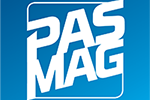 The Honda O (DAMN!!!) Series
The Honda O (DAMN!!!) Series
 PAS365 Podcast: SEMA 2024 Live - Part 2
PAS365 Podcast: SEMA 2024 Live - Part 2
 Throwback: 5 MORE Vehicles from PASMAG in 2003
Throwback: 5 MORE Vehicles from PASMAG in 2003
 21st Century Mid-Night: Austin Barnett's 1976 Porsche 911
21st Century Mid-Night: Austin Barnett's 1976 Porsche 911
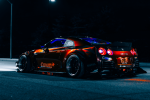 Unleashing The Dragon: Jimmy Tu's R35 GT-R
Unleashing The Dragon: Jimmy Tu's R35 GT-R




